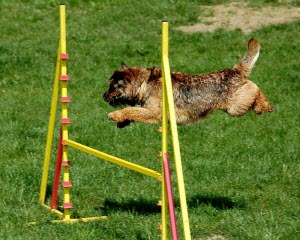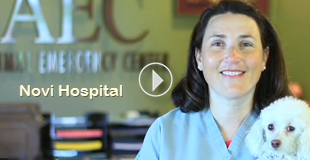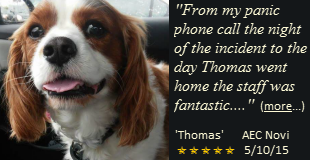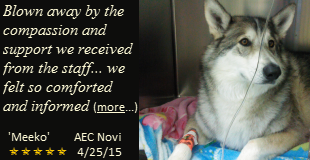
The most popular question I am asked is, what is positive reinforcement? People wonder, how on earth will positive reinforcement fix my bad dog? They question its efficiency and effectiveness. I am hoping to put some of these questions to rest.
Scientifically, positive reinforcement is 1 of the 4 quadrants of operant conditioning. Its definition is to add a reward following a desired behavior in order to increase the chance that behavior will happen again. If I won $100 for doing 1 jumping jack, I will very likely do more jumping jacks!
Positive reinforcement is used to teach new behaviors. Focusing on the behaviors we like instead of punishing those we don't is the key to successful use of positive reinforcement. Simply think of what you want your pet to do in a given situation and teach them how to do that. A dog that has learned how to sit after approaching a person and is rewarded with petting is a dog that is far less likely to jump on a person. A dog that is pushed off after jumping up has successfully received attention and has not learned a desirable behavior for future greetings. A barking dog who is rewarded for calm, quiet behaviors is a dog who is more likely to happily cease all barking when asked. A barking dog who is sprayed with a water bottle may learn to fear you, fear water, fear the object in which they are barking at and / or will simply continue to bark in a variety of other circumstances.

Teaching desirable behaviors using positive reinforcement will increase successful long term learning. An animal will be happy and willing to listen because they were strongly rewarded for the behavior during training, which makes behavior reliable.
Another popular concern is whether or not an animal (or owner!) will become dependent on food using this method of training. In order to achieve successful behaviors (a dog who will sit, a dog who will remain quiet) rewards must be used during training to increase the likelihood behaviors will be repeated. Every repeated behavior is another chance to reinforce the behavior. Once behavior is named or put on "cue" (meaning, the behavior will be performed once a hand signal, verbal or auditory cue, object, or smell is perceived) then treats / food reinforcement is no longer needed. It can be used intermittently as desired to help maintain the performance of the behavior.
There are many things that our beloved dogs find rewarding. These rewards may include food, toys, affection, a good walk, chasing a squirrel, or something else. Any of these things can be used to reinforce good behaviors on a daily basis. Food is often the primary reinforcement as it is small, easily reproduced, and highly desirable.

So if you find yourself experiencing a problem with your dog's behavior, consult with a professional trainer who specifically teaches and trains using positive reinforcement.
Christy Crosson, LVT, KPACTP, K9 Pawsitive Enrichment Training, LLC www.K9PetLLC.com









